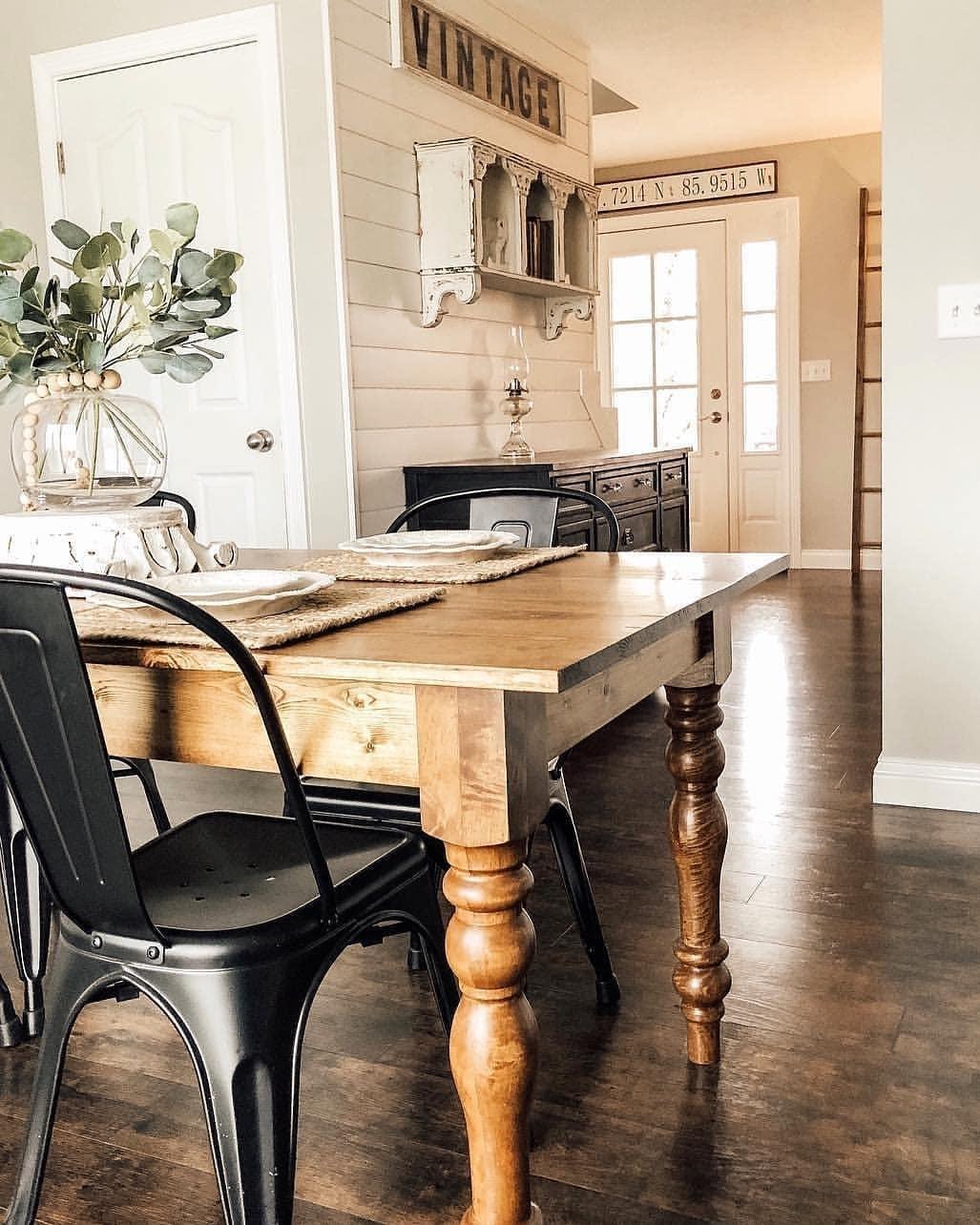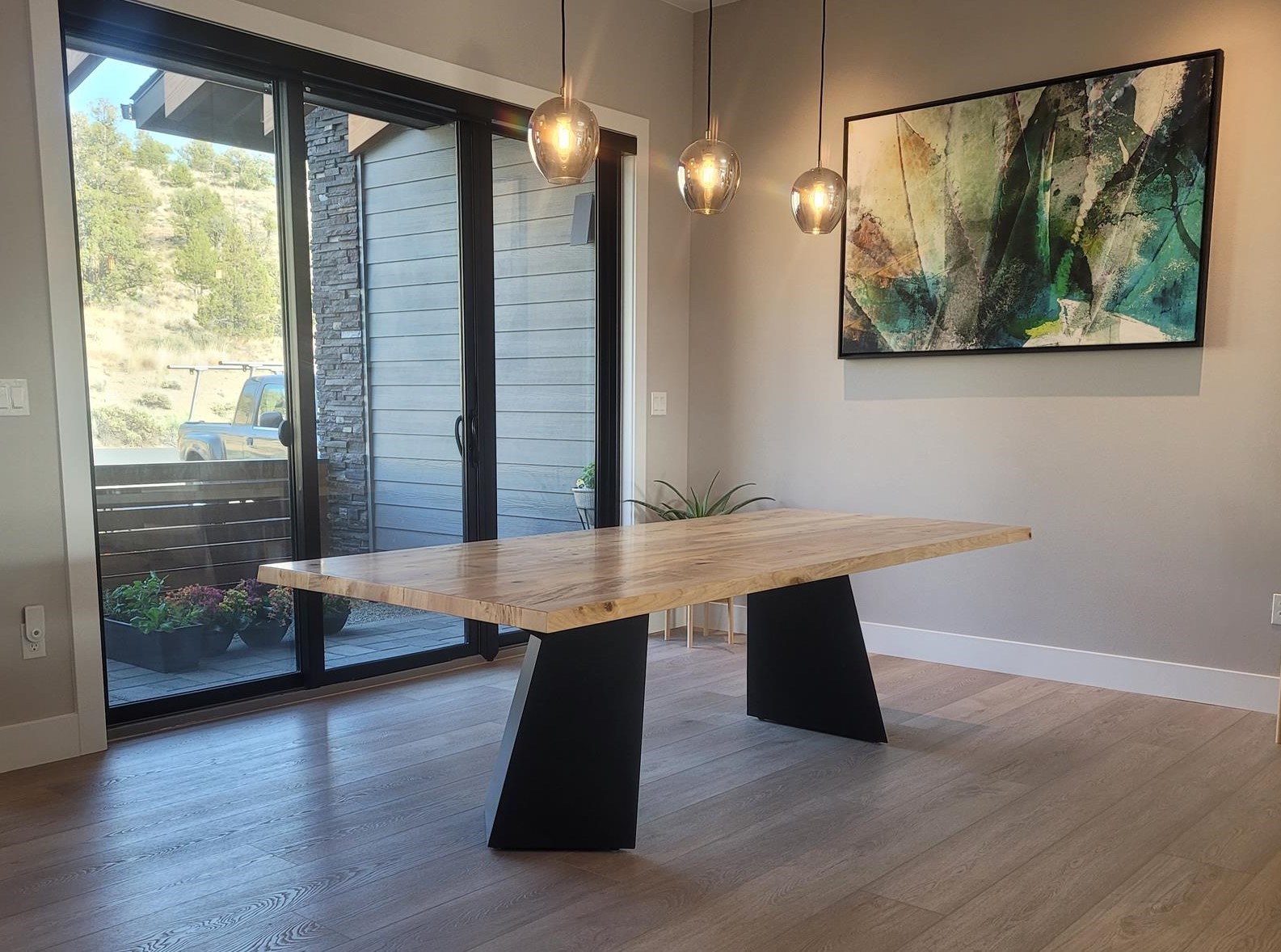Picking the Perfect Table: What Styles Work Best for Your Home?
Picking the optimal dining table for your home can be a nuanced procedure that balances appearances and performance. Whether your space leans in the direction of conventional style, contemporary minimalism, rustic beauty, or industrial chic, the range of styles offered can provide to diverse preferences. Each design uses distinct advantages and challenges that can either improve or interrupt your dining location's consistency. Comprehending just how different materials, forms, and sizes engage with your existing style is important. To browse these choices successfully and find a table that really enhances your home, consider the complying with facets carefully.
Evaluating Your Area
Reviewing the measurements and layout of your dining area is a critical primary step in selecting the ideal dining table. Begin by determining the length and width of the space, representing entrances, home windows, and various other building attributes that can affect table positioning. This makes sure that your table not just fits yet also permits comfortable activity around it.
Take into consideration the variety of individuals you commonly delight. A table should suit your household's day-to-day demands while supplying enough adaptability for periodic visitors. As a policy of thumb, designate at the very least 24 inches of table width per person to ensure a comfy eating experience.
It's likewise vital to preserve suitable clearance around the table. Ideally, there need to go to least 36 inches in between the table edge and walls or various other furnishings, allowing easy access and activity. For areas where chairs with arms or additional storage space systems like buffets are involved, increasing this clearance to 48 inches is suggested.
Lighting and ambience play considerable roles. Make sure that your dining table aligns with existing illumination fixtures or strategy for sufficient lighting options. This extensive spatial analysis assurances that your table not just fits physically however also balances with your room's general functionality and visual.
Popular Table Styles

Conventional dining tables typically feature ornate information, bent legs, and abundant wood finishes, evoking a feeling of classic sophistication. They are best for homes with traditional design or those looking to include a touch of refinement to their eating area.
Modern eating tables focus on simplicity and clean lines, often including products like glass and metal. These tables are ideal for modern areas, offering a streamlined and clean look that enhances minimal design philosophies.
Rustic table, on the other hand, stress all-natural products and a handcrafted appearance - dining room table legs. They often include reclaimed wood and a distressed surface, developing a warm and welcoming environment. These tables function well in farmhouse-style homes or those looking for a cozy, natural feel
Industrial eating view it now tables combine raw materials such as metal and timber, typically showcasing a practical aesthetic. This design is appropriate for loft spaces or city rooms, including a touch of rugged beauty and resilience to the eating experience.
Each style supplies unique advantages, making it important to choose one that straightens with your home's overall style and your individual preferences.
Product Choices
When choosing a table, the choice of product plays an essential function in determining both the table's looks and functionality. Wood, steel, glass, and composite products each offer special advantages and challenges, making it essential to line Full Article up the product with your home's decor and lifestyle requirements.
Timber is a timeless and versatile choice, readily available in varieties such as oak, walnut, and mahogany. Known for its toughness and heat, timber complements both conventional and contemporary insides. Nonetheless, it calls for regular maintenance to avoid scrapes and bending.
Metal tables, typically crafted from stainless-steel, light weight aluminum, or functioned iron, are commended for their modern-day allure and effectiveness. They are specifically matched for commercial or minimal setups yet can be vulnerable to damages and might really feel cool to the touch.
Glass table bring an air of sophistication and visibility, suitable for smaller sized areas as they produce an illusion of more room. While easy to tidy, glass can be at risk to spots and calls for mindful managing to prevent chips and fractures.
Composite materials, such as MDF and plywood, offer cost-effective and customizable remedies, though they might do not have the durability of natural products. Picking the ideal material ensures your eating table is both a useful possession and a visual joy.
Shape and Size Considerations
After determining the proper product for your dining table, the following consideration is picking the best form and size to fit your room. On the other hand, rounded tables foster a feeling of affection and are outstanding for smaller sized dining areas, urging conversation by getting rid of edges and making everyone really feel just as included.
As a rule of thumb, allocate at least 24 inches of table size per individual to make sure comfy eating. Furthermore, think about the table's clearance area: there must be at least 36 inches between the table edge and the walls or various other furnishings. Expanding tables use versatility if you often hold bigger gatherings, providing additional seats when required without inhabiting additional area daily.
Matching Your Decoration
Picking a table that balances with your existing decor is crucial in developing a cohesive and welcoming area. Begin by evaluating your existing interior decoration style, whether it be modern, conventional, rustic, or diverse. The dining table should enhance the general visual, not contend with it. A smooth, minimal table with clean lines is excellent for a contemporary home, while a vintage, luxuriant table fits an extra conventional setup.
If your decor features warm tones and natural materials, think about a wood table to boost the natural feeling. Alternatively, a glass or metal table go to website may be more suitable in an area dominated by great shades and commercial components.
A rough-hewn, reclaimed timber table can add personality to a rustic space, while a sleek marble surface can elevate a lavish eating location. A well-matched dining table not only boosts aesthetic appeal yet additionally enhances the overall eating experience.

Final Thought
Selecting the ideal dining table necessitates careful consideration of room, design, products, form, and size. Conventional tables complement classic interiors with abundant timber surfaces, while contemporary tables fit contemporary settings via glass and steel.